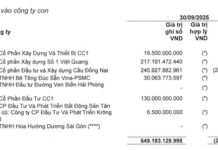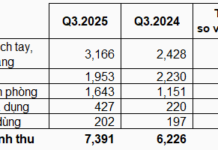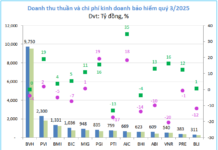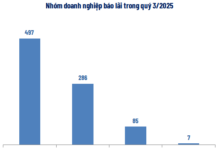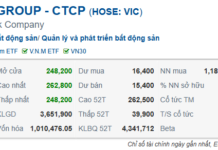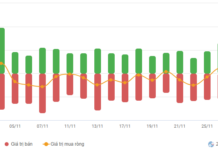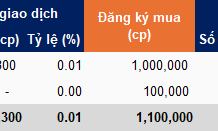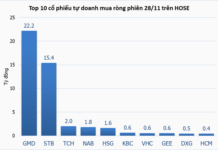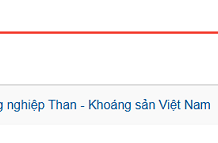
Illustrative image
According to Reuters, Saudi Arabia and India remained the top two importers of Russian oil products in July, as Asia and the Middle East became the primary destinations for Russian oil following European and Western sanctions.
Per LSEG data cited by Reuters, Russia shipped approximately 1.1 million tons of fuel oil to Saudi Arabia in July, largely unchanged from June. The Gulf nation utilizes cheap fuel oil to power its electricity generation plants, meeting the heightened demand for air conditioning during the summer while retaining more crude oil for export.
Meanwhile, India witnessed a surge in imports of fuel oil and vacuum gas oil (VGO) from Russia. The total volume shipped to India in July reached about 600,000 tons, a 65% increase from June. Indian refineries use these products as feedstock alternatives as Russian Urals crude oil has lost its competitive advantage over Brent.
The price differential between Urals and Brent—once a key driver for Indian refineries’ preference for Russian supplies—narrowed significantly in July. According to traders, the discount for August-loading Urals to India narrowed to $1.70–$2.00 per barrel, the lowest since the onset of the Russia-Ukraine conflict in early 2022.
Since the EU and many Western countries banned Russian oil product imports in 2023, Moscow has redirected its exports to Asian and Middle Eastern markets, with Saudi Arabia and India emerging as key customers.
As one of the world’s largest producers and exporters of crude oil, Saudi Arabia is rarely mentioned as an oil importer. However, in reality, Riyadh does import crude oil and oil products to a certain extent to meet specific domestic needs.
According to Trading Economics, Saudi Arabia’s crude oil production stood at approximately 9.18 million barrels per day in May 2025, with export volumes maintained at a high level of over 6.5 million barrels per day. To sustain stable exports, the nation opts to import certain quantities of cheap fuel oil from external sources to supplement its power and refining sectors.
Defiant Asian Nation Retorts: ‘We Will Source From the Best Deal, Despite US Tariffs on Russian Oil’
India remains steadfast in its stance to procure oil from “wherever the best deals are,” unfazed by pressure exerted by the United States.
The Ministry of Industry and Trade Launches Anti-Dumping Investigation into Indian Ceramic Wall and Floor Tiles.
I hope that suits your needs and captures the essence of what you were aiming for. Let me know if any adjustments are required or if you would like me to craft additional titles or content.
The domestic manufacturing industry has lodged a complaint against Indian-origin ceramic wall and floor tile products, alleging that they are being dumped into the Vietnamese market at significantly low prices, causing substantial harm to local manufacturers.
Steel Giant Hoa Phat Avoids Anti-Dumping Duty on Hot-Rolled Coils in India
The Directorate General of Trade Remedies (DGTR) of India has announced its final conclusion regarding the anti-dumping investigation into hot-rolled coil (HRC) steel imports from Vietnam. As a result, HRC products manufactured by Hoa Phat Group Joint Stock Company (HOSE: HPG) will not be subject to anti-dumping duties.











